NatureDocumentaries.org Showcase
This is a playlist of a subset of minimally edited footage showcased in Short Observations category of NatureDocumentaries.org. Most observations have been registered in the iNaturalist global biodiversity database. You can find links to some of the individual observations that have been detailed in a post from the list below. Short Observations category aims to bring out the beauty of mostly overlooked casual observations with an unofficial motto “Let’s heal the world with daily dosage of natural history… An extended […]

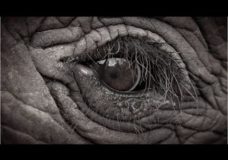
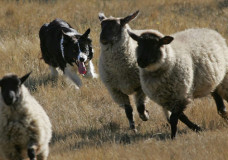
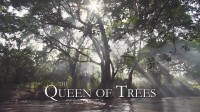
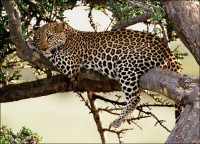
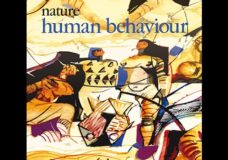
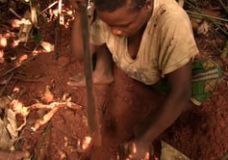
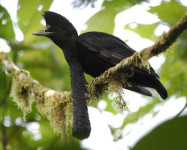
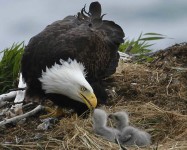
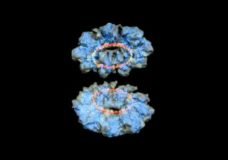
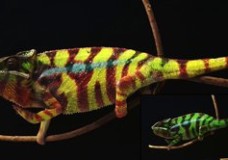
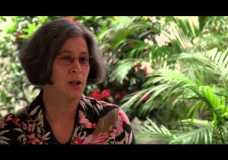
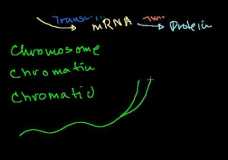

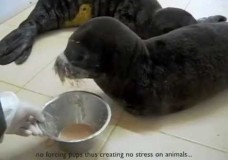
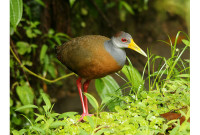

Recent Comments